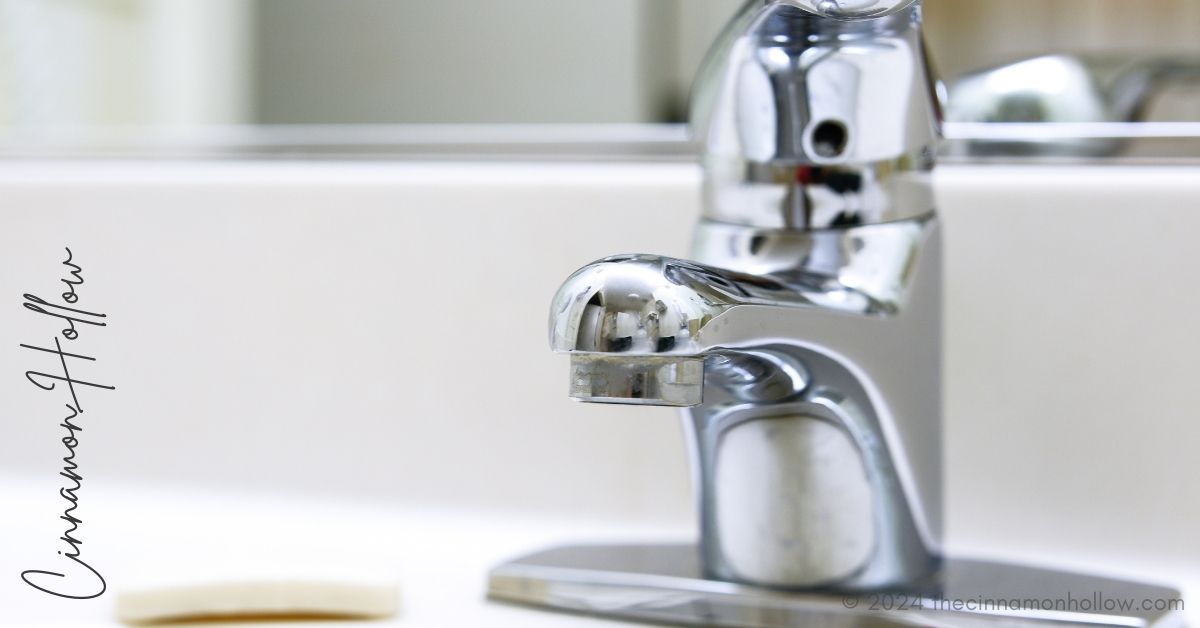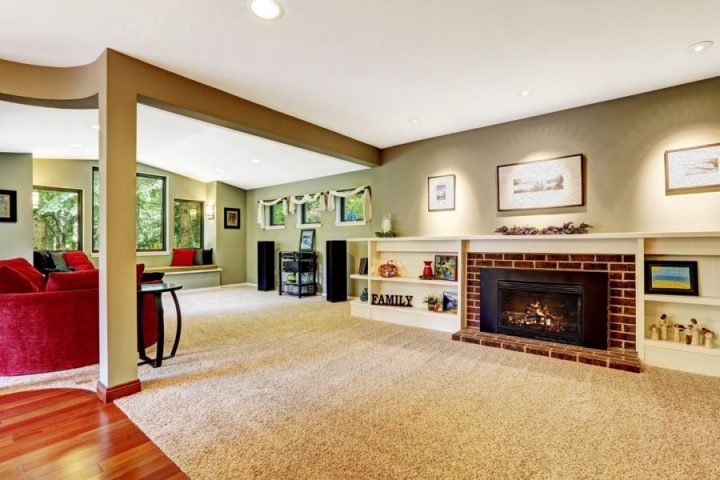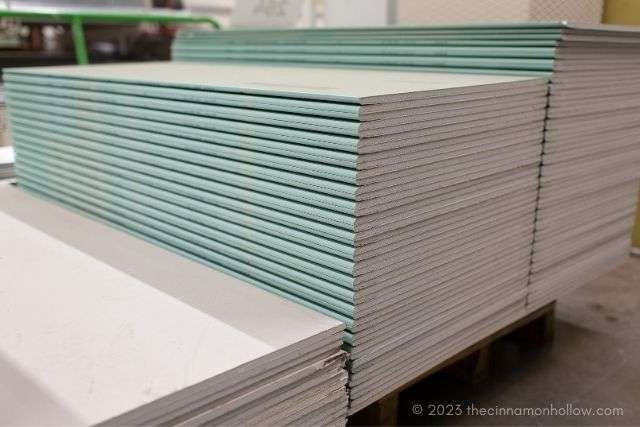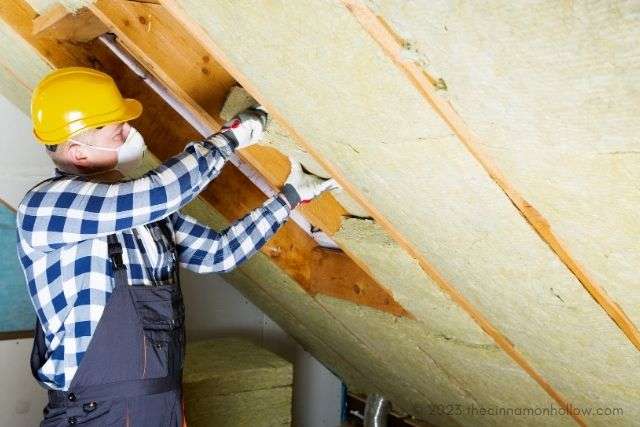In-home maintenance and improvement, the significance of plumbing fixtures cannot be overstated. These essential components ensure the smooth functioning of water systems and contribute to overall efficiency and sustainability within a household. However, like any other feature in a home, plumbing fixtures require periodic evaluation and, when necessary, replacement to uphold optimal performance. This article delves into the importance of timely upgrades, guiding homeowners on when to initiate replacements and offering insights into selecting the most suitable fixtures for their needs.
Recognizing the Need for Replacement:
The lifespan of plumbing fixtures varies depending on material quality, usage frequency, and maintenance practices. As time passes, the natural process of wear and tear gradually diminishes efficiency and increases the likelihood of malfunctions. Key indicators signalling the necessity for replacement include persistent leaks, decreased water pressure, corrosion, and outdated design. Proactively assessing these indicators is crucial in preempting more extensive damage and avoiding disruptions to daily routines.
Timing and Considerations for Replacement:
Determining the ideal fixture replacement time involves balancing anticipated longevity and functional decline. While waiting until fixtures reach the end of their lifespan may seem prudent, it often increases utility costs and inconvenience due to inefficiencies. Conversely, premature replacements can incur unnecessary expenses. As a general guideline, consider replacing fixtures nearing the end of their expected lifespan or those exhibiting significant deterioration. Additionally, align replacements with broader home improvement projects to streamline efforts and maximize efficiency gains.
Choosing the Right Fixtures:
Selecting replacement fixtures entails carefully evaluating various factors to ensure compatibility, functionality, and aesthetic coherence with existing plumbing systems and home decor. Start by evaluating each fixture’s needs, considering factors like water usage, energy efficiency ratings, and compatibility with existing installations. For faucets and showerheads, opt for models featuring WaterSense certification to minimize water wastage without compromising performance. Similarly, prioritize low-flow toilets with modern flushing technologies to enhance water conservation efforts.
Material Selection and Durability:
Material selection significantly influences the longevity and performance of plumbing fixtures. While traditional materials like brass and copper offer durability, newer alternatives such as stainless steel and high-quality plastics provide comparable resilience with added corrosion resistance. Evaluate the pros and cons of each material considering budget limitations and intended usage, ensuring informed decision-making. Additionally, prioritize fixtures featuring advanced coatings or finishes to mitigate the effects of hard water and chemical corrosion, preserving functionality and aesthetic appeal.
Professional Installation and Regular Maintenance:
Professional installation and regular maintenance ensure plumbing fixtures’ optimal performance and longevity. While DIY enthusiasts may attempt installation, engaging professional plumbers ensures precision, compliance with local regulations, and warranty coverage. Prioritize licensed and reputable plumbing contractors with demonstrated expertise in fixture installation to safeguard against potential complications. Additionally, implement a regular maintenance schedule that includes thorough inspections, cleaning, and minor repairs to extend the lifespan of newly installed fixtures and maintain optimal functionality.
Incorporating Additional Points:
Prioritize Professional Consultation:
Before embarking on fixture replacement endeavours, seeking professional consultation from experienced plumbers is prudent. These experts possess comprehensive knowledge of plumbing systems and can offer valuable insights tailored to specific needs and circumstances. Engaging an Emergency plumbing specialist for a comprehensive assessment helps identify underlying issues that may necessitate drain repair or other corrective measures alongside fixture replacements. Moreover, plumbers can recommend optimal fixture configurations and installation techniques, ensuring seamless integration with existing plumbing infrastructure while optimizing performance and longevity.
Address Drainage Concerns:
In plumbing fixture replacements, addressing drainage concerns is paramount to sustained functionality and efficiency. Persistent issues such as slow drainage, foul odours, or recurring clogs indicate underlying drainage system deficiencies that require attention. Collaborate with a qualified plumber to conduct thorough diagnostics and implement targeted drain repair solutions as part of the replacement process. Whether through drain snaking, hydro-jetting, or pipe relining, addressing drainage issues in tandem with fixture replacements mitigates future complications and preserves the integrity of the entire plumbing system.
Embrace the Advancements in Technology:
Plumbing fixtures continuously progress through technological advancements to improve efficiency and enhance user experience. When considering replacements, embrace innovative solutions such as smart faucets, touchless sensors, and programmable shower systems. These modern fixtures offer convenience and customization, integrating water-saving features and real-time monitoring capabilities. Collaborate with a knowledgeable plumber to explore cutting-edge options aligned with sustainability goals and lifestyle preferences, leveraging technology to elevate the functionality and efficiency of residential plumbing systems.
Proactive Maintenance Planning:
Beyond the initial replacement phase, proactive maintenance planning is indispensable for sustaining the performance and longevity of newly installed fixtures. Engage with a trusted plumber to establish a thorough maintenance schedule, integrating routine inspections, preventative maintenance activities, and timely repairs. This proactive approach to addressing minor issues promptly will help homeowners mitigate the potential for major disruptions and costly repairs in the future. Regular collaboration with a plumber ensures ongoing optimization of plumbing systems, fostering peace of mind and long-term efficiency.
Conclusion:
Incorporating professional consultation, addressing drainage concerns, embracing technological advancements, and proactive maintenance planning are integral components of the fixture replacement process. By collaborating with experienced plumbers and addressing underlying drainage issues alongside fixture replacements, homeowners can optimize the functionality and efficiency of their plumbing systems. Furthermore, embracing innovative solutions and adopting proactive maintenance practices ensures sustained performance and longevity, enhancing the overall quality of residential living spaces. Through strategic planning and informed decision-making, homeowners can embark on a transformative journey toward improved efficiency, sustainability, and functionality within their homes, supported by a harmonious integration of modern plumbing fixtures and professional expertise.







